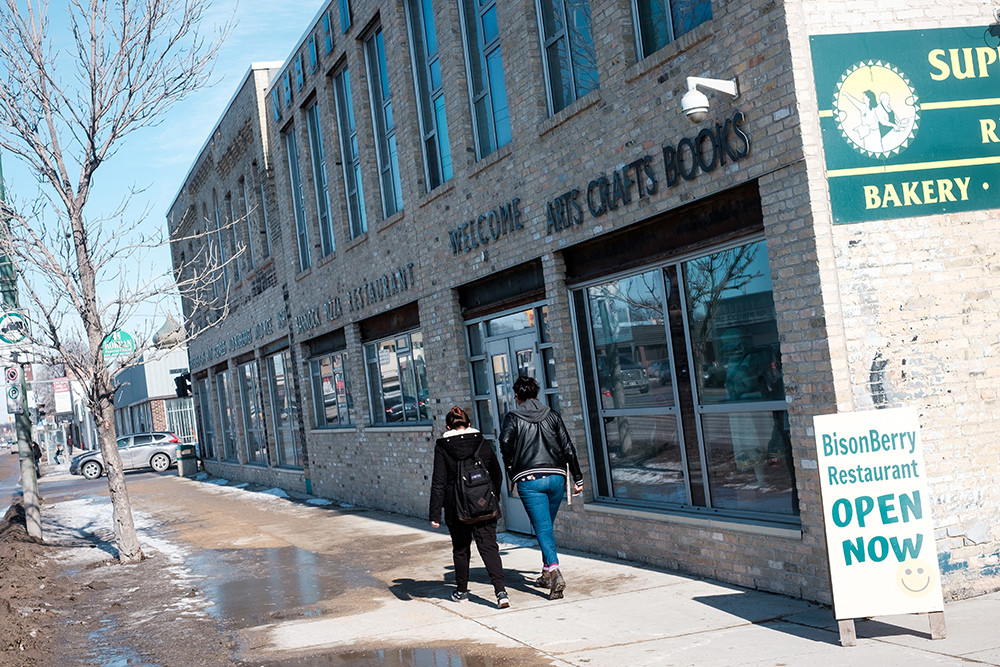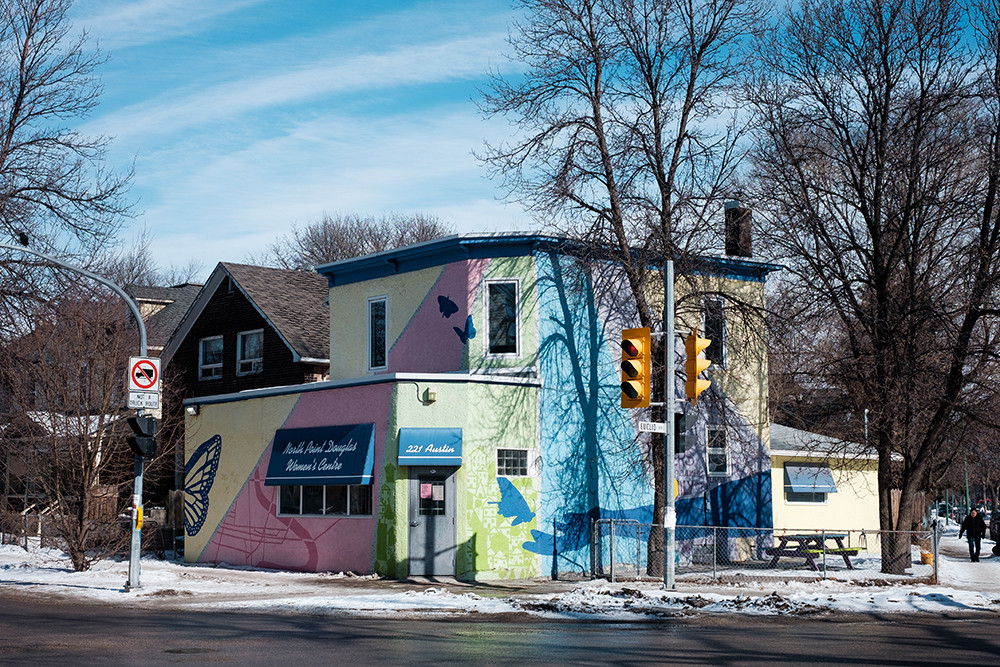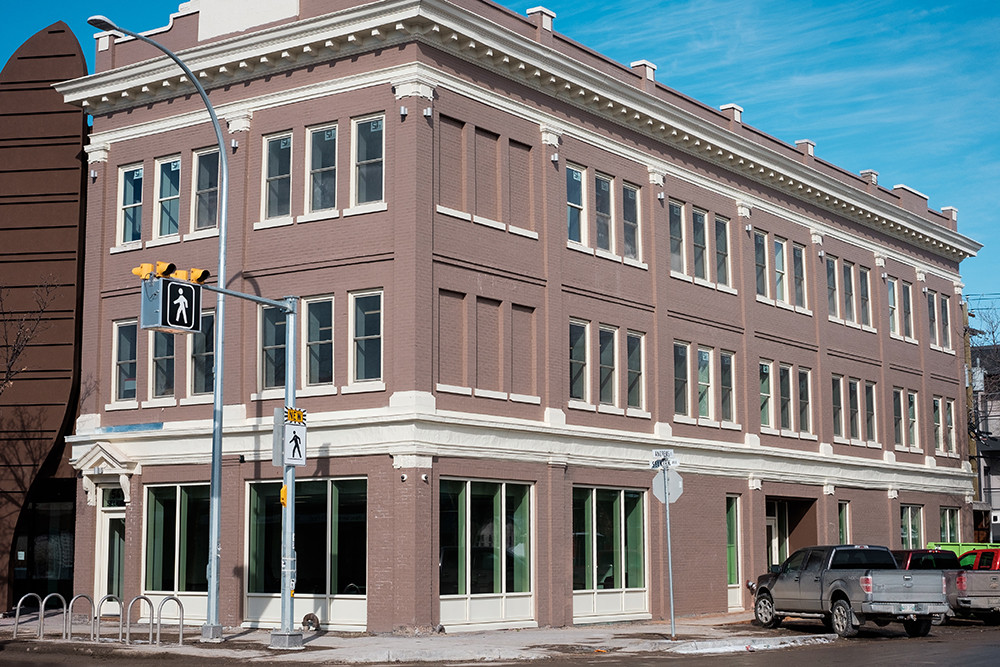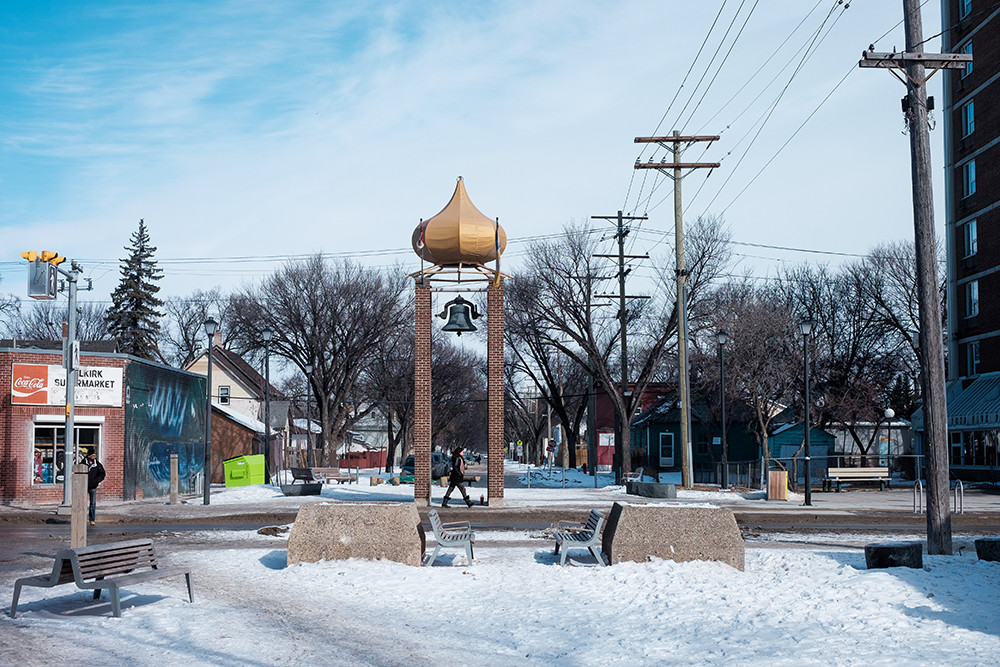Crime and safety in Winnipeg
Winnipeg keeps its reputation as the most unsafe city in Canada, according to a CBC report, but the perceptions about safety in this city can run deep. These ideas stem from several factors, such as the root causes of crime and the historical divide between the North and South Ends of the city.
Many of these perceptions are tied to the North End and Point Douglas. With a better understanding of the history of these neighbourhoods, denizens of Winnipeg can work together to decrease crime in their neighbourhoods.
History of Winnipeg
According to a news report by The Globe and Mail, the Point Douglas area of Winnipeg is one of the toughest parts of the city where the neighbourhood is unkempt, suggesting disorder in the area. Although houses may be deteriorating and the neighbourhood may not be aesthetically pleasing, The Globe and Mail also notes a lack of garbage on the street and some positive change.
Historical decisions in Winnipeg have played a role in the current structure, supports and appearance of the Point Douglas area.
Neechi Commons at 865 Main St.
When the Canadian Pacific Railway (CPR) was built, commercial industry moved from the banks of the Red River to the train tracks. This railway itself divided the city into two sections: the “North End” and the “South End,” which was inhabited by more affluent citizens.
Point Douglas, a residential area in the North End, was split in two in 1881 by the CPR – one half maintained itself as a residential area, while the other half filled with railways and factories. Soon the residential area of Point Douglas transitioned from one of upper-middle class families, mainly made up of British people, to non-British, working class civilians.
During this time, the British population held great political power and commercial influence over the city. The North End, however, being filled with a diversity of non-British people, was looked down upon by the elite, labelled as a place for the poor, the disease-ridden and a home only for foreigners.
By 1906, 42 per cent of Winnipeg’s population lived in the North End, where most new, immigrant families were able to live close to their workplaces in affordable housing. The area also hosted local stores and bakeries, religious gathering places like synagogues and churches, and was home to mutual aid societies, which all helped to build a sense of community.
Despite the agency of the North End communities, city politicians seemed to invest more in infrastructure like sidewalks and streets in the South End, while conditions in the North End declined.
Factors of Crime Perception
Today, the media plays a large role in how the public is informed about current events and conditions throughout the city, and this influences how people perceive crime.
News cycles begin to report events as they are happening, and people may accept these events to represent all things happening in their community, rather than considering that there are non-reported events happening. For example, the Winnipeg Police Service’s (WPS) CrimeStat page includes data about homicide, sexual assault, shootings, robberies, break-and-enters and motor vehicle thefts.
Reports of one crime may be repeated – increasing the perception that crime is increasing – without sharing underlying factors leading to crime.
The North Point Douglas Women's Centre works to prevent domestic violence and provides supports to the community.
“I think poverty and not having access to basic necessities like jobs, education and culture/spirituality contributes to crime, and I think that having a lot of money, feeling entitled and like you’re above the law contributes to crime,” Holly Enns, a Point Douglas community member, says.
Robert Merton’s Strain Theory explains that the lack of opportunity for an individual to attain success could lead to committing crimes. This theory applies to western countries, where the achievement of higher levels of education and the individualistic mission of being financially wealthy serve as standards for many individuals.
Other behaviours that may cause people to commit crimes are jealousy, greed, anger and pride. Some of these feelings may go beyond the surface of a recent event, which actually may have only been a trigger to a release of pent-up aggression.
In 2012, the National Post reviewed the background of Winnipeg serial killer Shawn Lamb, who was discovered to have been physically and sexually abused as a child. In this report, the National Post says Lamb had been “harbouring years of pent-up anger over neglect and abuse he says he experienced.” As a result of this history, he said that he ended up abusing alcohol and drugs.
“Most of the criminal activity (in Point Douglas) is related to a combination of hotels, drug stores, pawn shops, and its mainly people who have been beaten down and have not had positive life opportunities. It’s a serious issue,” Russ Rothney, the treasurer of Neechi Commons, says.
Community organizations like the North End Housing Project Inc., one of many groups looking to assist in community renewal, are working to provide quality homes for low-income residents. Other groups are working to intervene at the interpersonal level.
Community Organizations and Initiatives Aim to Help
Enns says that Winnipeg could do better in reducing crime by supporting community-led programs and organizations like Meet Me at the Bell Tower, Drag the Red, Bear Clan Patrol Inc., the Ma Mawi Wi Chi Itata Centre, the Elizabeth Fry Society and Urban Circle Training Centre.
“The North Point Douglas Women’s Centre offers services around domestic violence prevention and education. The Mama Bear Clan does weekly patrol walks in the neighbourhood, handing out water bottles and picking up needles,” she says.
She continues on to say that people need to make mental, emotional, spiritual and physical health a priority in schools and in workplaces, especially by teaching mindfulness practices to people, young and old, so they “can learn to transform (their) difficult emotions.”
The old Merchants Hotel is being developed into Merchants Corner.
The Bear Clan Patrol Inc. is a community-based group that aims to prevent crimes and also provides restoration and the maintenance of harmony within the community.
“In 1992, Bear Clan originally formed in response to violence against women. It was said back in the day that you could punch a hole in a storefront window, and the police would be there within four or five minutes, but you could punch your partner, and the police may or may not show at all,” James Favel, executive director of the Bear Clan Patrol, says.
After the original Bear Clan dispersed, the group was reintroduced into the Point Douglas community in 2014. They maintain peace by patrolling the Point Douglas area, where they help to resolve conflicts between community members and serve as a visible presence on the streets.
“We have seen some (crime) reduction in our community with the closure of the Merchants Hotel in the community, as well as the reintroduction of the Bear Clan in our community,” Favel says.
The Point Power Line in the North Point Douglas community, organized by Chris Burrows, Sel Burrows and Sandy Dzedzora is an anonymous network of community members that aims to reduce crimes in their community.
Once notified by community members, the Power Line takes direct action in resolving the issue by talking to the community member about their behaviour and how they can resolve the issue. Sel Burrows, chair of the Point Douglas Residents Committee, says their work has helped to improve relationships between residents, local businesses and the police service.
The Power Line’s most recent flyer says that the group is taking on meth dealers in the North Point Douglas community and wants to raise awareness about the dangers of meth dealers and users.
“Crime is one of the major problems … it’s ignored mostly because it affects poorer people, vulnerable people, People of Colour, (and) Indigenous people,” Sel Burrows says.
An ideology that some community-based solutions are structured upon is the housing-first philosophy. The philosophy considers that challenges like mental illness and addiction can be best addressed once a person has a stable home. According to a CBC news report, housing-first programs have helped over 300 hard-to-house people in Manitoba.
Paths to reducing crime
The WPS also aims to reduce crime and victimization in the city. Constable Jay Murray, a public information officer, says that the WPS and the Winnipeg Police Board will use a variety of techniques to achieve this goal.
Murray lists the WPS’s strategic directions as being “Leading collective action to prevent crime through social development, (w)orking with our partners to protect vulnerable persons, (e)nhancing community, transparency and accountability, (e)nhancing community relationships, and (c)ontinuing to build a service that knows and reflects the community it services.”
The Bell Tower on Selkirk Avenue has become a focal point for community organizing in the North End.
Burrows says that setting standards for all members of the community helps to reduce crime, as it lets them know what is to be expected if they are to reside in the area.
“I think that (cracking down on crime) is BS. I think we need to crack down on the ways we take care of each other, not the ways we want to punish each other,” Enns says.
Communities working together as a whole, inclusive and transparent of the police, legislation and all social aspects in individual areas, such as educational reform, food banks, and homeless shelters will be better able to reduce crime and maintain peace.
“You can’t deal with the crime and other social issues, you can’t hire enough police officers, you can’t hire enough social workers. Issues are so big without involving the people, the real people who live in the areas with high crime and high social issues,” Burrows says.
Published in Volume 72, Number 19 of The Uniter (March 1, 2018)







